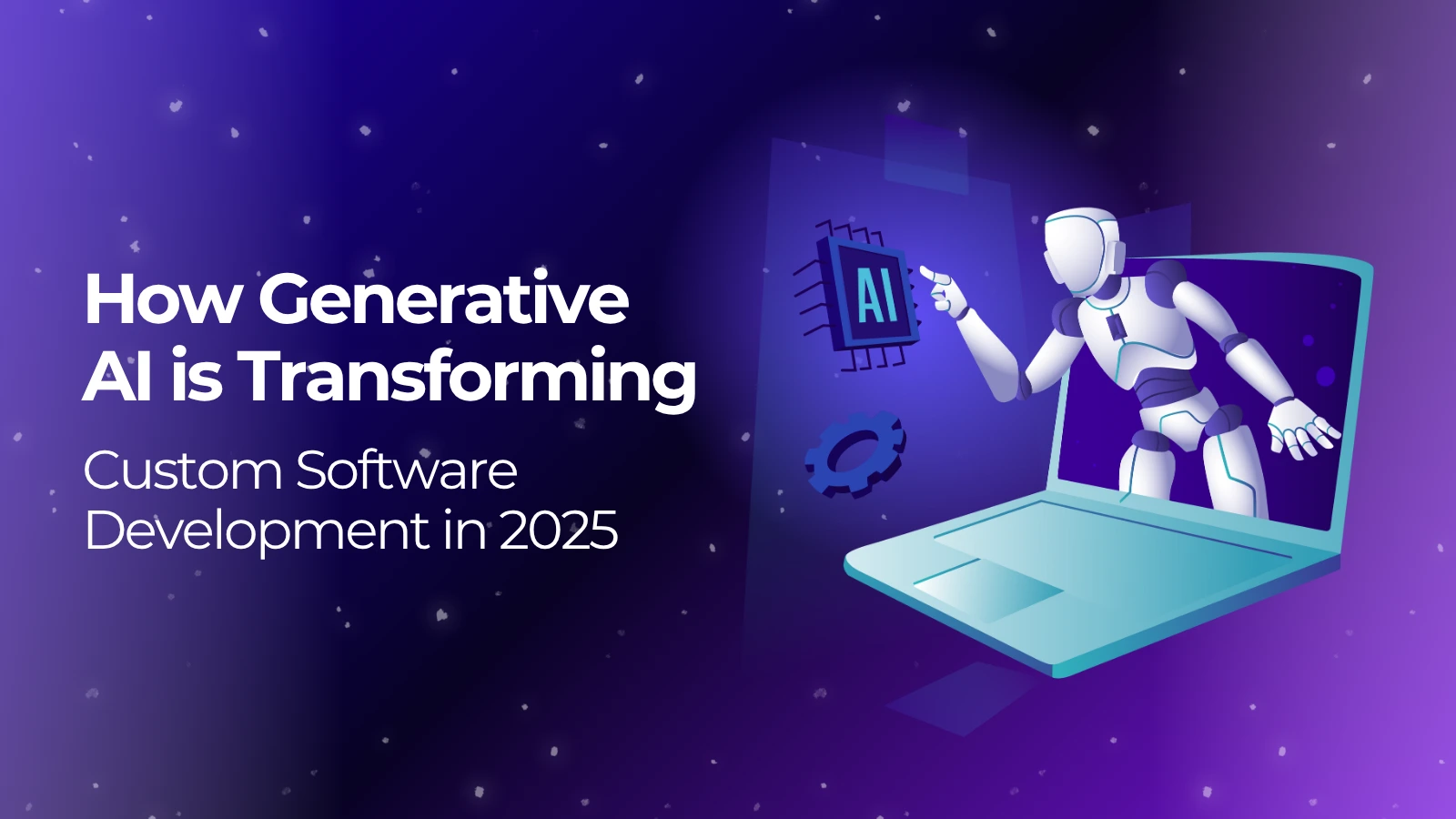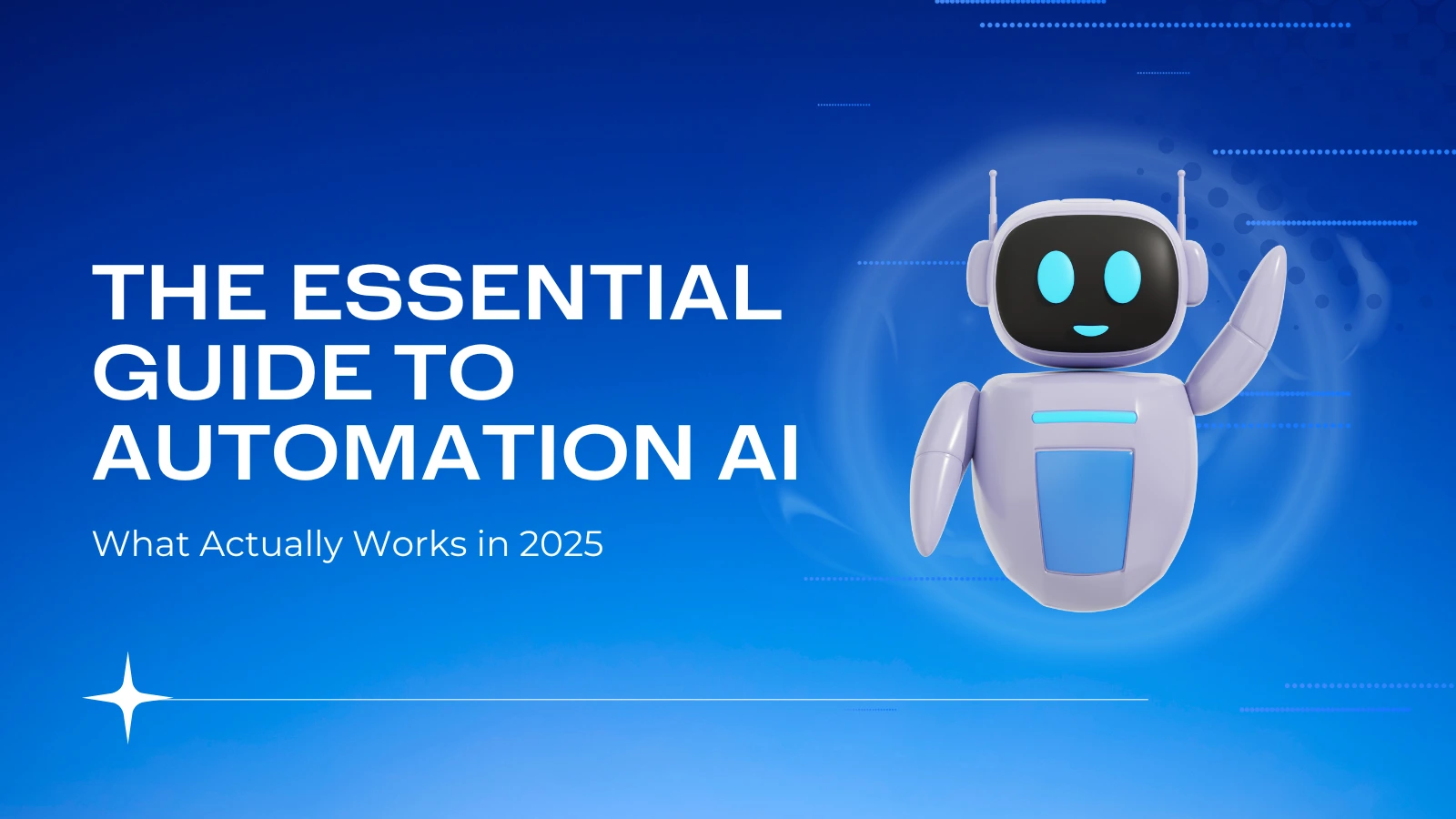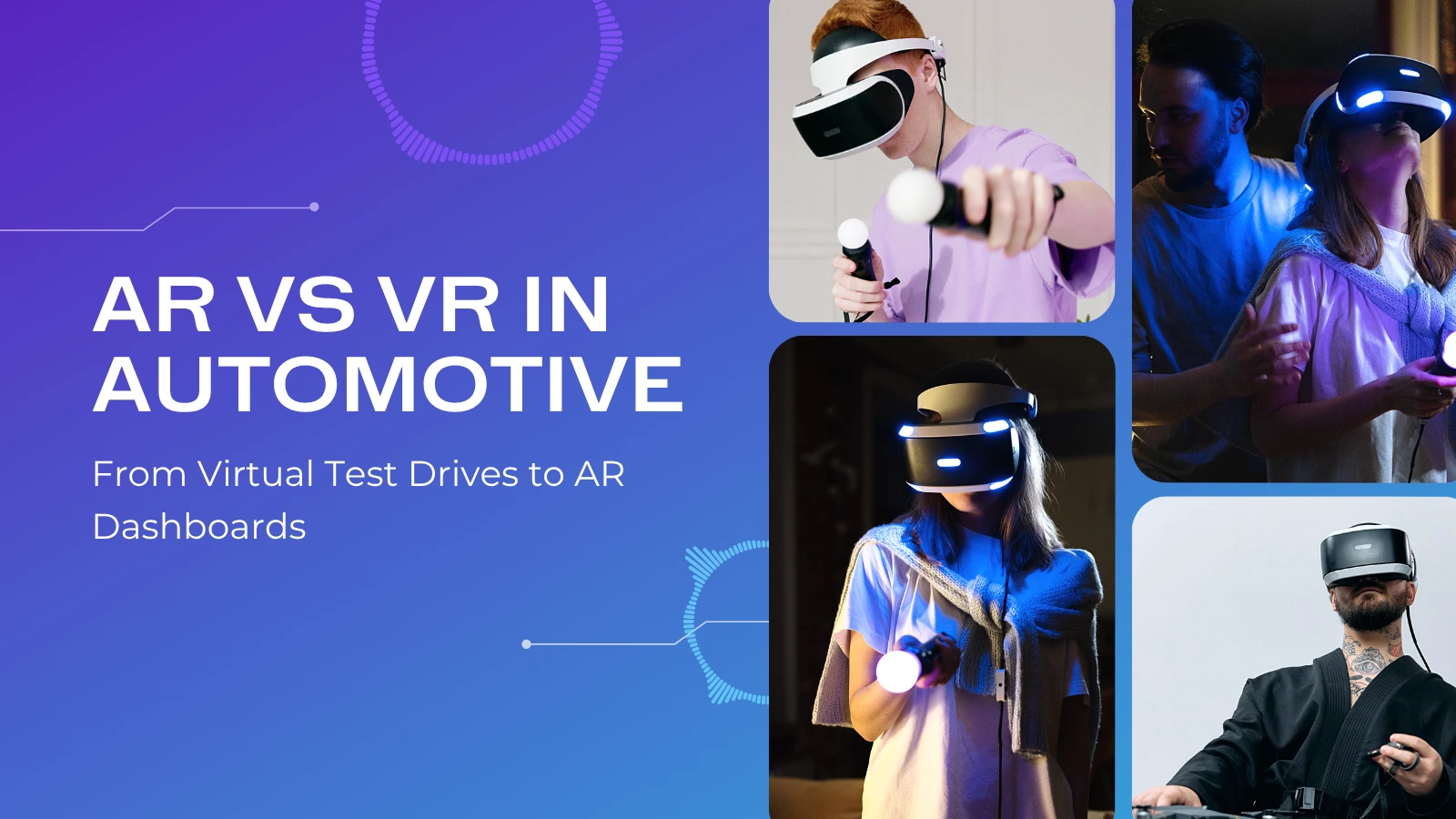How AI Co-Pilots Are Transforming the Modern Workspace
AI Co-Pilots: Driving the Next Era of Workplace Productivity
AI co-pilots can plan meetings, create reports, extract pertinent data, and even predict user requirements. Consider them as machine learning-powered executive assistants—constantly available, always learning, and ready to execute. They are extensively integrated with office applications, CRMs, data analytics software, and communication platforms. This makes them invaluable, particularly in organizations with huge volumes of data or intricate processes.
Their adoption is being expedited by the growing popularity of "AI as a services" platforms. These cloud-based platforms enable businesses to incorporate AI solutions without incurring enormous initial investments. Rather than developing internal AI infrastructure, organizations can leverage scalable, on-demand intelligence adapted to their specifications. A seasoned "AI development company" can even further enhance this by tailoring AI co-pilots to perfectly mesh with a company's specific workflows and data systems.
In this scenario, AI co-pilots are not mere technology—are strategic investments. Their ability to decrease human error, make operations efficient, and facilitate quicker decision-making speaks directly to bottom-line outcomes. As competition grows and industries mature, an AI co-pilot is becoming increasingly a required advantage in contemporary business settings.
Redefining Team Roles with AI Integration
The classic roles of companies are seeing a dramatic shift, thanks in large part to the presence of AI co-pilots. They're revolutionizing the way responsibilities get divided among staff members. Rather than wasting precious hours on mundane tasks such as manual data entry or calendar scheduling, employees can engage in creative, strategic, and human-focussed work. AI co-pilots get the mechanics done—leaving humans free to invent and lead.
Managers also stand to gain from this transition. As AI co-pilots track performance indicators, provide data-backed suggestions, and create real-time reports, leaders are in a better position to make faster decisions. Rather than digging through spreadsheets, they get condensed insights that point out the most important trends and potential pitfalls. This means managers spend less time buried in administrative tasks and more time steering teams and setting long-term strategy.
In addition to personal productivity, AI co-pilots also boost collaboration by serving as focal points of knowledge. Interconnected with communication interfaces and project management software, they deliver context-sensitive updates, notify crucial messages, and keep everyone synchronized on goals. This is particularly useful in remote or hybrid environments where miscommunication can create delays or errors.
Training becomes imperative in this new world. Humans need to learn to work with AI—not as a tool to be commanded, but as a collaborator to work with. An "AI development company" can play a crucial role in this regard, providing onboarding and tailoring to make co-pilots an extension of an organization's culture, language, and workflows. As jobs undergo transformation, AI will be less about automation and more about augmentation—helping humans do what they do best, but improved.
AI Co-Pilots for Improving Workplace Communication
Good communication is the lifeblood of any successful enterprise. With remote work, distributed teams, and digital overwhelm, it is even harder today to keep communication simple, direct, and on time. AI co-pilots provide a clever answer to this issue. They function as communication amplifiers, making sure that essential information flows quickly, reliably, and to the proper stakeholders.
For instance, in a meeting, an AI co-pilot can automatically document the conversation in real-time, identify action items, and send personalized follow-up emails. It minimizes miscommunication and keeps teams on track. In chat spaces such as Slack or Microsoft Teams, co-pilots can summarize threads, mark off unanswered questions, and even propose responses based on past conversations and company knowledge bases.
The advantage of applying "AI as a services" for communication assistance is scalability. Whether your organization has 10 or 10,000 members, AI-based communication tools can scale with organizational complexity. They can capture in-house jargon, comprehend project structures, and rank communications by importance and urgency.
AI co-pilots built specifically to an organization's requirements, with the help of an "AI development company," can provide even greater accuracy. These customized solutions can be designed to identify organization-specific slang, detect sensitive information, or adhere to a particular industry's requirements. This not only enhances communication but also governance and compliance.
As businesses want to dissolve silos and make collaboration a real-time affair, AI co-pilots are stepping up as custodians of trusted facilitation. They don't eliminate face-to-face interaction—rather, they add to it, making each discussion actionable, auditable, and efficacious.
Empowering Smarter Decision-Making with Predictive Intelligence
Decision-making is both an opportunity and challenge in the data-drenched business world of today. Too much data creates paralysis, and conventional analytics tools struggle to deliver actionable, timely insights. AI co-pilots are breaking this cycle by providing predictive intelligence that informs wiser decisions.
These computer assistants are able to analyze trends, follow KPIs, and detect anomalies—providing insights before issues arise. In marketing, for example, AI co-pilots can monitor campaign performance and propose optimizations. In finance, they can forecast revenue trends or warn managers of budget differences. For customer support, they can detect recurring issues and propose proactive fixes.
The key advantage is real-time relevance. AI co-pilots do not simply report what has happened—they forecast what is likely to happen and recommend next steps. This helps organizations shift from reactive to proactive strategies. With decision cycles compressed, businesses can respond to market changes more quickly and effectively.
Implementing these abilities as "AI as a services" models is the key to ensuring scalability and accessibility. Businesses can begin small—maybe adding AI co-pilots in a single department—and scale up from there based on ROI and performance. An "AI development company" can assist with customizing these forecasting models to the business's specific requirements so that insights are relevant to particular goals and environments.
Finally, AI co-pilots enable data-driven cultures. They infuse intelligence into daily decisions, allowing teams to better connect actions to goals. By cutting out guesswork and providing greater clarity, they enable companies to be more agile, resilient, and competitive.
Building Future-Ready Workforces with AI Co-Pilots
Looking ahead, the role of AI co-pilots in shaping the future of work is undeniable. As technology continues to advance, these tools will become more sophisticated, more intuitive, and more deeply integrated into every facet of business. Organizations that embrace AI co-pilots today are positioning themselves for long-term success.
The next-generation workforce won't be shaped just by human capital or technology—by the interaction of the two. AI co-pilots will help train new recruits, track workers' well-being, and even help with strategic brainstorming sessions. They'll become vital collaboration partners in managing change triggered by market transitions, regulatory changes, or organizational growth.
Yet achieving this future depends on foresight and dedication. Companies will have to invest in re-skilling workers, refreshing infrastructure, and instilling an innovation-friendly culture. Collaboration with an "AI development company" will be vital to crafting AI co-pilots that are business vision and sector-aligned. Under iterative development and testing, these co-pilots can adapt as the businesses they support evolve.
The ability to scale of "AI as a services" platforms will be equally critical. These enable businesses to stay nimble, expanding AI capabilities as their circumstances change. Whether they're going global, introducing new products, or navigating economic volatility, AI co-pilots will provide the insight and efficiency needed to thrive.
Conclusion
AI co-pilots are not only productivity tools—they are agents of change. By unlocking human potential, enhancing collaboration, and driving smart choices, they are remaking what it means to work today. The flight has yet to take off, but this much is certain: the future of work will be co-piloted.
Subscribe Now
Get the weekly updates on the newest brand stories, business models and technology right in your inbox.
More Blogs
How Generative AI is Transforming Custom Software Development in 2025
The custom software development landscape is being revolutionized with the advent of Generative AI. With enterprises focusing on optimizing their operations and speeding up innovation compared to their peers, Generative AI has become a...
The Essential Guide to Automation AI: What Actually Works in 2025
AI Automation has demonstrably reshaped the workings of businesses by processing data and completing repetitive tasks faster and more efficiently than human workers. To illustrate, AI systems can now examine vast amounts of data, simul...
AR vs VR in Automotive_ From Virtual Test Drives to AR Dashboards
The automotive industry has experienced transformative changes in the recent years, all thanks to breakthroughs in immersive technology. The most notable changes are due to Augmented Reality (AR) and Virtual Reality (VR). The debate of...

 Awards & Recognition
Awards & Recognition








